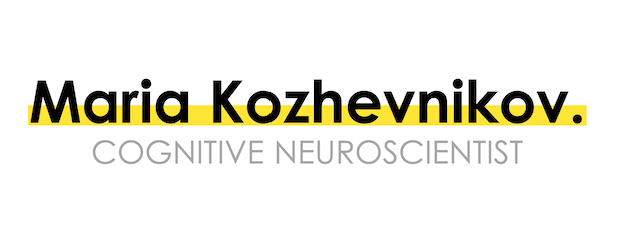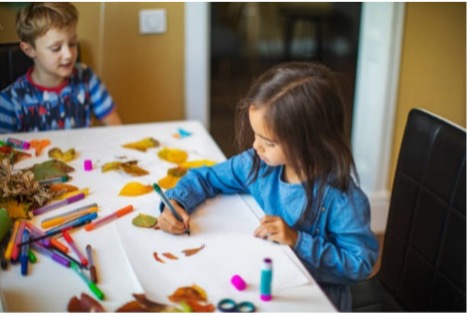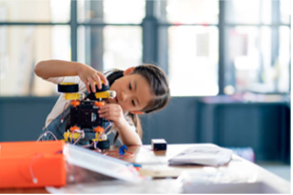

 Past psychological and educational research has often referred to creativity as a unitary construct, where creativity is defined as the general ability to produce ideas, work and behavior that is both novel and meaningful. For example, one approach to creativity, as a general all or none ability, is to assess it by performance on tasks involving non-routine (insight) problems that require overcoming a familiar way of thinking, such as the Insight Problem Solving (IPS) questionnaire (Dow & Mayer, 2004). Another approach to creativity, one of the most widely used in the field of creative research (Hocevar, 1981; Silvia et al., 2008), has conceptualized it as a divergent thinking ability – the ability to generate multiple solutions to a problem that serves as an indicator of one’s creative potential (Guilford, 1956; Runco & Acar, 2012). In this approach, creativity has been commonly measured by performance on divergent thinking tests such as Torrance Test of Creative Thinking (TTCT; Torrance, 1972).
Past psychological and educational research has often referred to creativity as a unitary construct, where creativity is defined as the general ability to produce ideas, work and behavior that is both novel and meaningful. For example, one approach to creativity, as a general all or none ability, is to assess it by performance on tasks involving non-routine (insight) problems that require overcoming a familiar way of thinking, such as the Insight Problem Solving (IPS) questionnaire (Dow & Mayer, 2004). Another approach to creativity, one of the most widely used in the field of creative research (Hocevar, 1981; Silvia et al., 2008), has conceptualized it as a divergent thinking ability – the ability to generate multiple solutions to a problem that serves as an indicator of one’s creative potential (Guilford, 1956; Runco & Acar, 2012). In this approach, creativity has been commonly measured by performance on divergent thinking tests such as Torrance Test of Creative Thinking (TTCT; Torrance, 1972).
 Since the 1990s, however, growing evidence for the existence of domain-specific creativity has accumulated, either through studies pointing to the different cognitive processes underlying creativity in different domains, or through demonstrating that creativity in one domain does not necessarily extend to creativity in another. The results of our large-scale studies with Singaporean adults and secondary school students provided further evidence that artistic and scientific types of creativities are already clearly dissociable in children of 13-14 years old. The results show that object imagery ability relates to artistic creativity and spatial imagery ability relates to scientific creativity, while both are distinct from verbal creativity. Furthermore, our findings demonstrate that cognitive style predicts corresponding dimension of creativity even after removing shared variance between style and visualization ability. The results suggest that styles might be a more ecologically valid construct in predicting real-life creative behaviour, such as performance in different professional domains.
Since the 1990s, however, growing evidence for the existence of domain-specific creativity has accumulated, either through studies pointing to the different cognitive processes underlying creativity in different domains, or through demonstrating that creativity in one domain does not necessarily extend to creativity in another. The results of our large-scale studies with Singaporean adults and secondary school students provided further evidence that artistic and scientific types of creativities are already clearly dissociable in children of 13-14 years old. The results show that object imagery ability relates to artistic creativity and spatial imagery ability relates to scientific creativity, while both are distinct from verbal creativity. Furthermore, our findings demonstrate that cognitive style predicts corresponding dimension of creativity even after removing shared variance between style and visualization ability. The results suggest that styles might be a more ecologically valid construct in predicting real-life creative behaviour, such as performance in different professional domains.
Below the results of one of our studies:

The findings suggest that domain-specific visual creativity begins developing concurrently with corresponding types of visual abilities and cognitive style, and that socio-cultural influences, as reflected by cognitive style, also affect the development of creative performance in a specific domain, beyond abilities.
Relevant research articles: